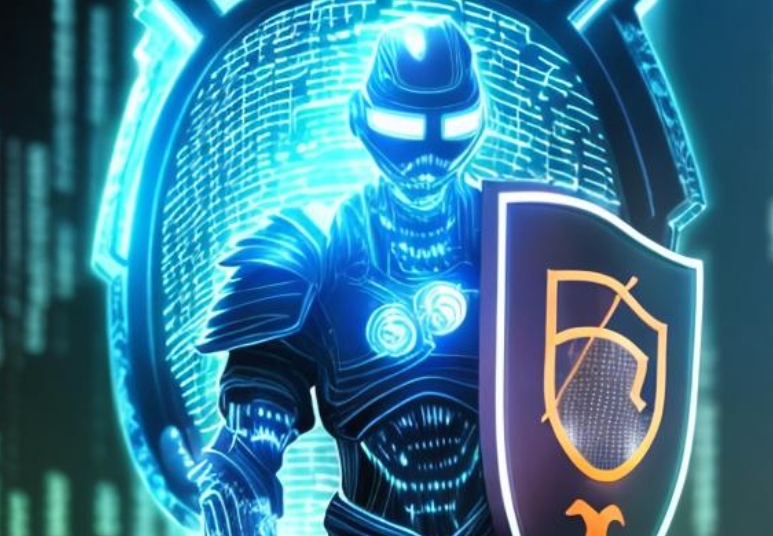Myth 1: "I'm not a target because I have nothing valuable to steal"
Reality: - Cybercriminals target everyone - Personal data is valuable for identity theft - Your device can be used in larger attacks
Myth 2: "Antivirus software provides complete protection"
Reality: - Antivirus is just one layer of security - It can't protect against all types of threats - Regular updates and additional security measures are necessary
Myth 3: "Strong passwords are enough to keep accounts secure"
Reality: - Passwords can be cracked or stolen - Multi-factor authentication adds crucial security - Regular password changes and unique passwords for each account are important
Myth 4: "Public Wi-Fi is safe if it requires a password"
Reality: - Password-protected public Wi-Fi can still be insecure - Other users on the network can potentially intercept data - Using a VPN is essential for public Wi-Fi safety
Myth 5: "Small businesses aren't targets for cyberattacks"
Reality: - Small businesses are often targeted due to weaker security - They can be gateways to larger partner companies - Limited resources make recovery more difficult
Myth 6: "Cybersecurity is solely IT's responsibility"
Reality: - Security is everyone's responsibility - Human error is a leading cause of breaches - Regular training for all employees is crucial
Myth 7: "Macs don't get viruses"
Reality: - Macs can be infected with malware - As Mac popularity grows, so do Mac-targeted threats - All operating systems require security measures
Myth 8: "Cybersecurity is too expensive for my business"
Reality: - The cost of a breach far outweighs prevention costs - Many effective security measures are low-cost or free - Cybersecurity is an investment, not just an expense
Myth 9: "Once software is installed, it's secure forever"
Reality: - Software requires regular updates and patches - New vulnerabilities are discovered constantly - Outdated software is a major security risk
Myth 10: "My passwords are complex, so they must be secure"
Reality: - Length is often more important than complexity - Passphrases can be more secure and easier to remember - Password managers are the best solution for most users
Myth 11: "Incognito mode makes me anonymous online"
Reality: - Incognito mode only prevents local browsing history storage - Your ISP and websites can still track your activity - True anonymity requires additional tools like VPNs or Tor
Myth 12: "If I get hacked, I'll know immediately"
Reality: - Many breaches go undetected for months or years - Sophisticated attacks can be silent and persistent - Regular security audits and monitoring are essential
Myth 13: "Cybersecurity is all about preventing attacks"
Reality: - Prevention is important, but detection and response are equally crucial - A comprehensive security strategy includes incident response planning - Assume breaches will happen and prepare accordingly
Myth 14: "Encryption makes data completely secure"
Reality: - Encryption is powerful but not infallible - Implementation errors can weaken encryption - Quantum computing may threaten current encryption methods
Myth 15: "I don't need to worry about IoT device security"
Reality: - IoT devices can be significant security vulnerabilities - Many IoT devices have weak default settings - Securing smart home devices is as important as securing computers
Understanding these realities helps in developing a more effective cybersecurity strategy. Remember, cybersecurity is an ongoing process that requires vigilance, education, and adaptation to new threats.
american-boffin.com
bfbchamp.com
democraticcoma.com
tigrepelvar.com
charpoles.com
derbywheelblazers.com
fansfocus.net
guildnow.com
hediyeteyze.com
isprimecdn.com
kiira-korpi.net
manutd24.com
mediumtylerhenry.com
mishanghai.org
savethreestrikes.com
smilesbydavis.com
10puntos.net
band-shirt.com
icelandtrails.com
paulmarioday.com
thefunnynanny.com
Dave Tries Ballet
Buon Grande
Criacao Sites
Perry Perkins Books
Writing Essay in AU
Ka Soku
Blood is Blood Movie
Eleanor Writes Things
The Happy Prince Beirut
Town of Witless Bay
Online Igrovoi Club
Trigeminal Neuralgia - Ronald Brisman MD
Chocolate City Burlesque
Advanced Electric Scooters
W Tougei
Breadboard Maniac
Takasu App


